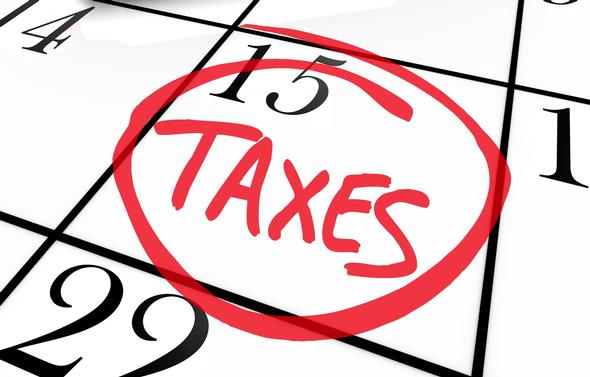
Now that the holidays bills are coming due, you are probably also starting to receive those dreaded income tax applications, along with your tax statements for 2019. Some of these statements are required to be sent by the end of January, others not until mid or the end of February. Things to look for, gather together, and categorize:
W-2 Form – each place of employment will send one
1099 Forms;
1099 DIV – a report of any dividends received
1099 INT – a record of interest on your accounts
1099 MISC – if you happen to be self-employed
1099 B – statement of any gains or losses on security
transactions during the past year
Form 1098 – if you have a mortgage, states interest paid
If you itemize your deductions, you will want to locate any pertinent receipts. Maybe you have completed this step throughout the year and squirreled away those receipts in a nice file all ready for tax time. If not, you can start locating what you need now. If you opt to use the 2020 standard deduction; a single taxpayer will get $12,400 and if filing jointly, you can use $24,800. Receipts to look for:
- Medical receipts not covered by insurance or reimbursed
- Property tax bills
- Expenses related to investments
- Receipts for charitable contributions, especially an amount over $250 requires a written receipt from the charity
- Any large item you purchased in the past year for which you paid sales tax may be applicable also
If you happen to have self-employment income and report on a Schedule C, your business income and expense records will be used to file this document.
As with all of this paperwork, but particularly if you are self-employed, the better records you have compiled throughout the year, the better shape you will be in for filing on your own or with a preparer. The longer a preparer will need to work on your return, higher the price tag.
Other information needed to make completely the forms painless:
- Social Security numbers for all your dependents
- A copy of the previous year’s tax return can be extremely useful
- Compare last year’s return with the current year’s return to ensure nothing was overlooked
- Addresses of all properties owned including any rentals
- If a property was sold – dates bought & sold, purchase price & sale price, any receipts for property improvement
If you feel you need more time to gather all your needed documents you can request an extension until October 15. But that doesn’t mean you can delay paying for any tax due until October 15. Even with the extension you will still need to make a competent estimate of what you tax due might be and submit the payment before April 15 in order to avoid penalties.
If you are to receive a refund, there are different options available to you on how the refund can be handled.
- Some or all of the refund can be applied to help defray next year’s tax payments
- A refund can be sent in the form of a check, sometimes this process takes a bit longer
- The refund can be direct deposited to one of your accounts, or split between different accounts
You will need to clearly state this on the return or to your tax preparer.
This is by no means a comprehensive list, just some thoughts on getting started. The sooner you start, the sooner you will be finished and ready for next year. Remember that saying about death and taxes …
